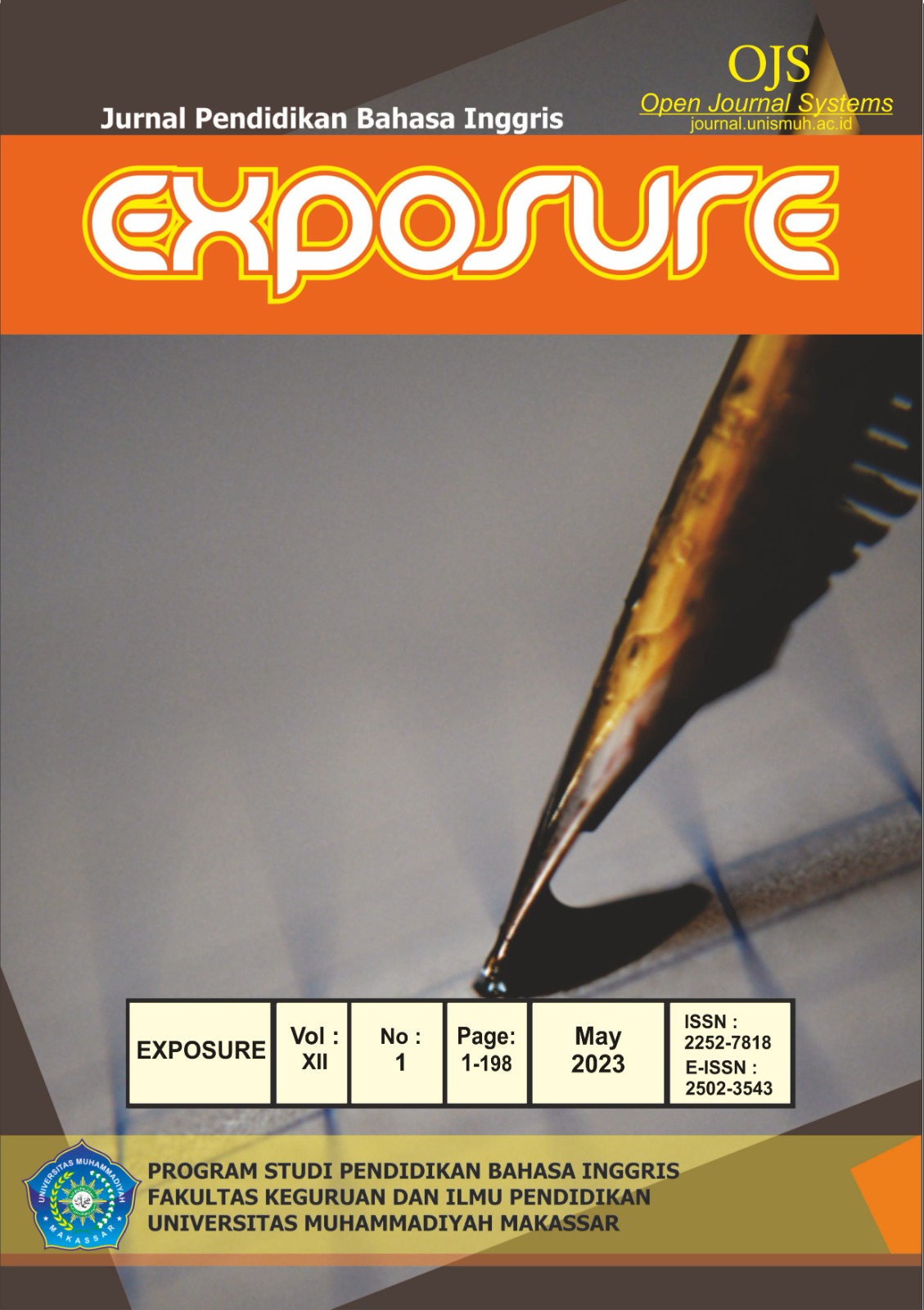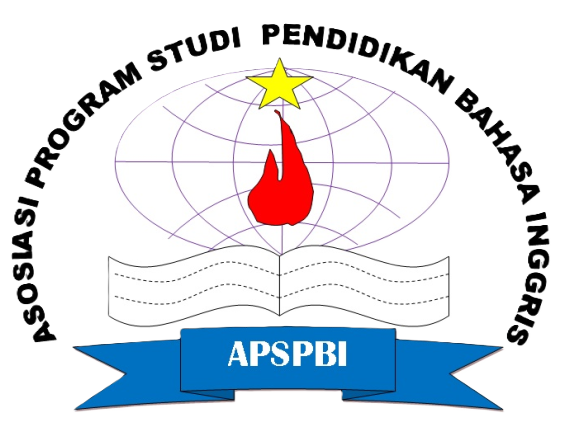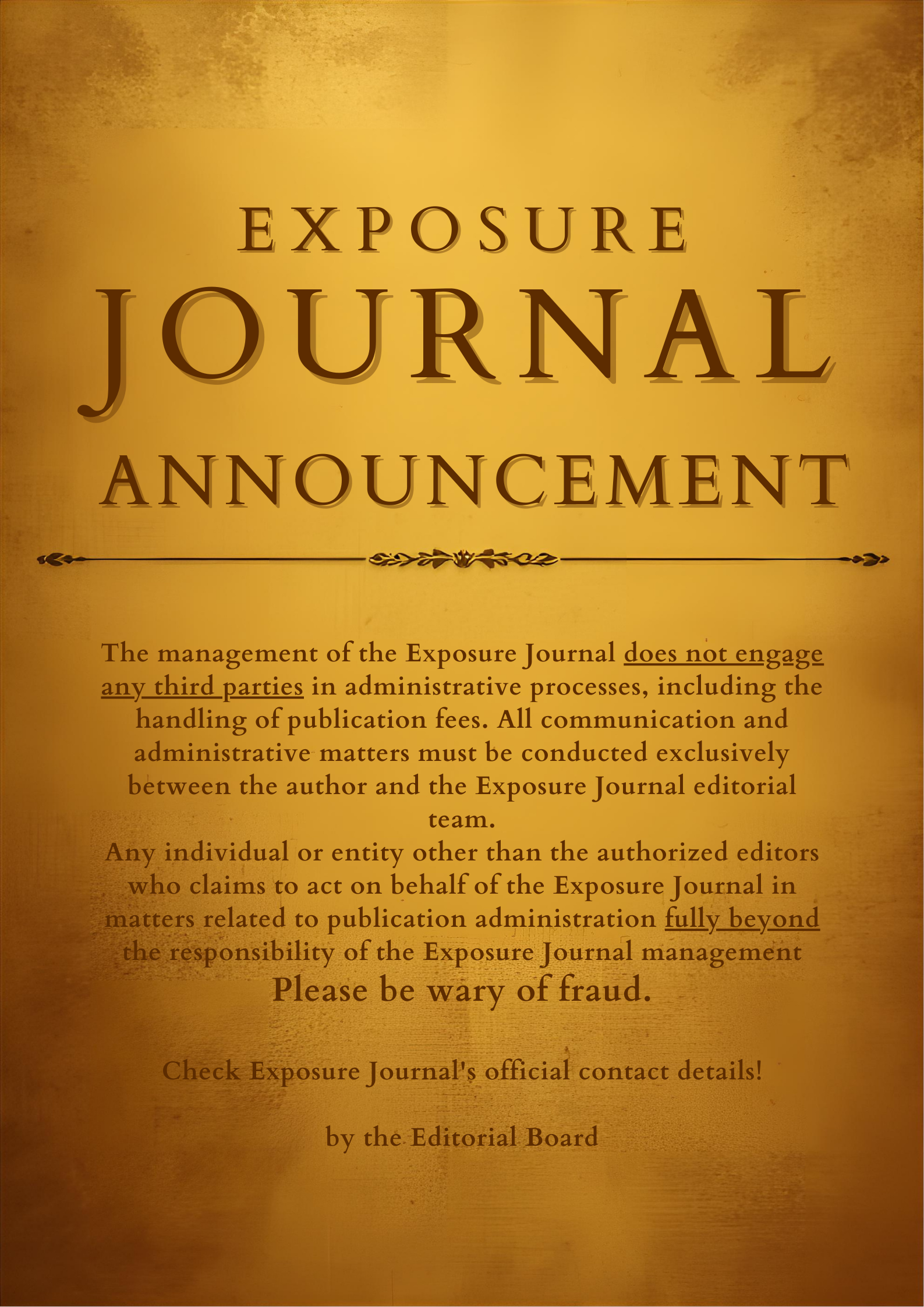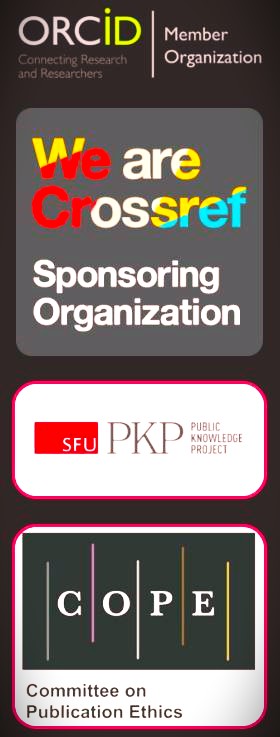AN EVALUATION ON TOEFL WORKSHOP PROGRAM USING STAKE'S COUNTENANCE MODEL
DOI: https://doi.org/10.26618/exposure.v12i1.9723
TOEFL Workshop Program, Evaluation, Stake Countenance
Abstract
The Test of English as Foreign Language (TOEFL) is getting more and more important every day for both further study and career advancement. Accordingly, many educational institutions, both state-owned and private in Indonesia carry out innovative programs to increase their graduates' TOEFL scores. Universitas Muhammadiyah Bengkulu (UMB), as an educational institution is also carry out a program aiming to improve its graduates’ TOEFL score. The program is called as the TOEFL workshop for UMB students. This study is an evaluative study analyzing a program administered by UMB, TOEFL workshop for UMB students. The researchers used Stake Countenance Model as a method in the current study. The results of the study show that there is a contingency between antecedent, transaction, and outcome of the program of TOEFL workshop for UMB students.References
Adib, H. S., Mardapi, D., Zamroni, Z., & Jait, A. (2019). Evaluation of Islam education teachers training implementation. Jurnal Penelitian Dan Evaluasi Pendidikan, 23(2), 106– 116. https://doi.org/10.21831/pep.v23i2.20986
Alemi, M., & Pazooki, S. J. (2020). A stakeholder-based evaluation of engineering ESP courses’ effectiveness. https://doi.org/10.21203/rs.3.rs-58769/v1
Iftanti, E & Maunah, B. (2021). Belief, Perception, and Challenges of Non English Department Students to Learn English in Globalization Era. Indonesian EFL Journal. 7(1), 1–12.
https://journal.uniku.ac.id/index.php/IEFLJ/article/download/3985/2452
Choudhury, G. B., & Sharma, V. (2019). Review and comparison of various training effectiveness evaluation models for R & D organization performance. PM World Journal, 8(2), 1–13.
Esfandiari, M. R., Riasati, M. J., Vaezian, H., & Rahimi, F. (2018). A quantitative analysis of TOEFL iBT using an interpretive model of test validity. Language Testing in Asia, 8(1), 1-13.
Esfandiari, M. R., Riasati, M. J., Vaezian, H., & Rahimi, F. (2018). A quantitative analysis of TOEFL iBT using an interpretive model of test validity. Language Testing in Asia, 8(1), 1-13
Hamm, R.W. (1985). A Systematic evaluation of an environmental invertigation course. (Doctoral dissertation.Georgia State University). ERIC Document. Reproduction Service No ED-256-622
Ismail, I., & Othman, R. (2020). A review of literature on the English language entry requirement for international students into postgraduate programs in Universiti Teknologi Malaysia. Journal of Critical Reviews, 7(11), 543–549. http://www.jcreview.com/?mno=117854
Kaufman, R., & Thomas, S. (1980). Evaluation without fear. New York London: New Viewpoints
Wang, Y. (2019). The impact on Instructors’ Course Conrtent and Teaching Methods. The Electonic Journal for English as a Second Language. 23(3), 1–18.
https://files.eric.ed.gov/fulltext/EJ1234792.pdf
Mardapi, D. (2017). Pengukuran, penilaian, dan evaluasi pendidikan (Revised ed). Parama Publishing.
Nazri, M. A., Wijaya, H., & Zainurrahman, Z. (2020). EFL students’ ability in answering TOEFL reading comprehension section. Journal of Physics: Conference Series, 1539, 012044.
https://doi.org/10.1088/1742-6596/1539/1/012044
Phillip, D. (2006). Longman Introductory Course for the TOEFL Test: The Paper Test. London: Pearson Education, Inc.
Provus, M., Malcolm. (1969). The discrepancy evaluation models. An approach to local program improvement and development. Pitaburgh Public School.
Sakurai, N. (2020). Exploring a placement test for extensive reading programs. Humanities Series, 2(3), 53–70. https://ksu.repo.nii.ac.jp/ action=repository_action_common_download&item_id=10 468&item_no=1&attribute_id=22&file_no=1
Stake, R E. (1967). Forward technology for the evaluation of educational programs. In R W Tyler, R M Gagne, & M Scriven. (Eds). Perpectives of curriculum evaluation. (pp.1-12). Chicago: Rand McNally.
Stake, R E. (1967). The countenance of educational evaluation. Teacher’s Coolege Record. Vol. 68, no:7.
Stake, R E. (1977).The Countenance of educational evaluation.In A.A. Bellack & H.M Kliebard. Eds 1. Curriculum and evaluation (pp. 372-390).Berkeley.CA McCutehan.
Stufflebeam, D. L. (1973). Educational evaluation: theory and practice. In B.R. Worthen & J.R. Sanders (Eds), Evaluation as Enligbtenment for Decision Marking (pp.3-5). Boston: KluwerNijhoff Publishing.
Stufflebeam, D. L., & Shinkfield, A.J. (1984). Systematic evaluation a selfinstructional guide to theory and practice. Boston: Kluwer-Nijhoff Publishing.
Wood, B.B. (2001). Stake’s Countenance Model: Evaluating an Enveronmental Education Proffesional Development Course. The Journal of Environmental Education, Vol.32, No.2, pp. 18-27
Yogawati, N. D., & Widihastuti, W. (2019). Evaluating the implementation of English communication therapy (ECT): An objective structured clinical assessment (OSCA) approach. Jurnal Penelitian Dan Evaluasi Pendidikan, 23(1), 87–94. https://doi.org/10.21831/pep.v23i1.22449
Downloads
Published
How to Cite
Issue
Section
License
Authors who publish with this journal agree to the following terms:
In order to assure the highest standards for published articles, a peer review policy is applied. In pursue of the compliance with academic standards, all parties involved in the publishing process (the authors, the editors and the editorial board and the reviewers) agree to meet the responsibilities stated below in accordance to the Journal publication ethics and malpractice statement.
Duties of Authors:
- The author(s) warrant that the submitted article is an original work, which has not been previously published, and that they have obtained an agreement from any co-author(s) prior to the manuscript’s submission;
- The author(s) should not submit articles describing essentially the same research to more than one journal;
- The authors(s) make certain that the manuscript meets the terms of the Manuscript Submission Guideline regarding appropriate academic citation and that no copyright infringement occurs;
- The authors(s) should inform the editors about any conflict of interests and report any errors they subsequently, discover in their manuscript.
Duties of Editors and the Editorial Board:
- The editors, together with the editorial board, are responsible for deciding upon the publication or rejection of the submitted manuscripts based only on their originality, significance, and relevance to the domains of the journal;
- The editors evaluate the manuscripts compliance with academic criteria, the domains of the journal and the guidelines;
- The editors must at all times respect the confidentiality of any information pertaining to the submitted manuscripts;
- The editors assign the review of each manuscript to two reviewers chosen according to their domains of expertise. The editors must take into account any conflict of interest reported by the authors and the reviewers.
- The editors must ensure that the comments and recommendations of the reviewers are sent to the author(s) in due time and that the manuscripts are returned to the editors, who take the final decision to publish them or not.
Authors are permitted and encouraged to post online a pre-publication manuscript (but not the Publisher’s final formatted PDF version of the Work) in institutional repositories or on their Websites prior to and during the submission process, as it can lead to productive exchanges, as well as earlier and greater citation of published work (see The Effect of Open Access). Any such posting made before acceptance and publication of the Work shall be updated upon publication to include a reference to the Publisher-assigned DOI (Digital Object Identifier) and a link to the online abstract for the final published Work in the Journal.














